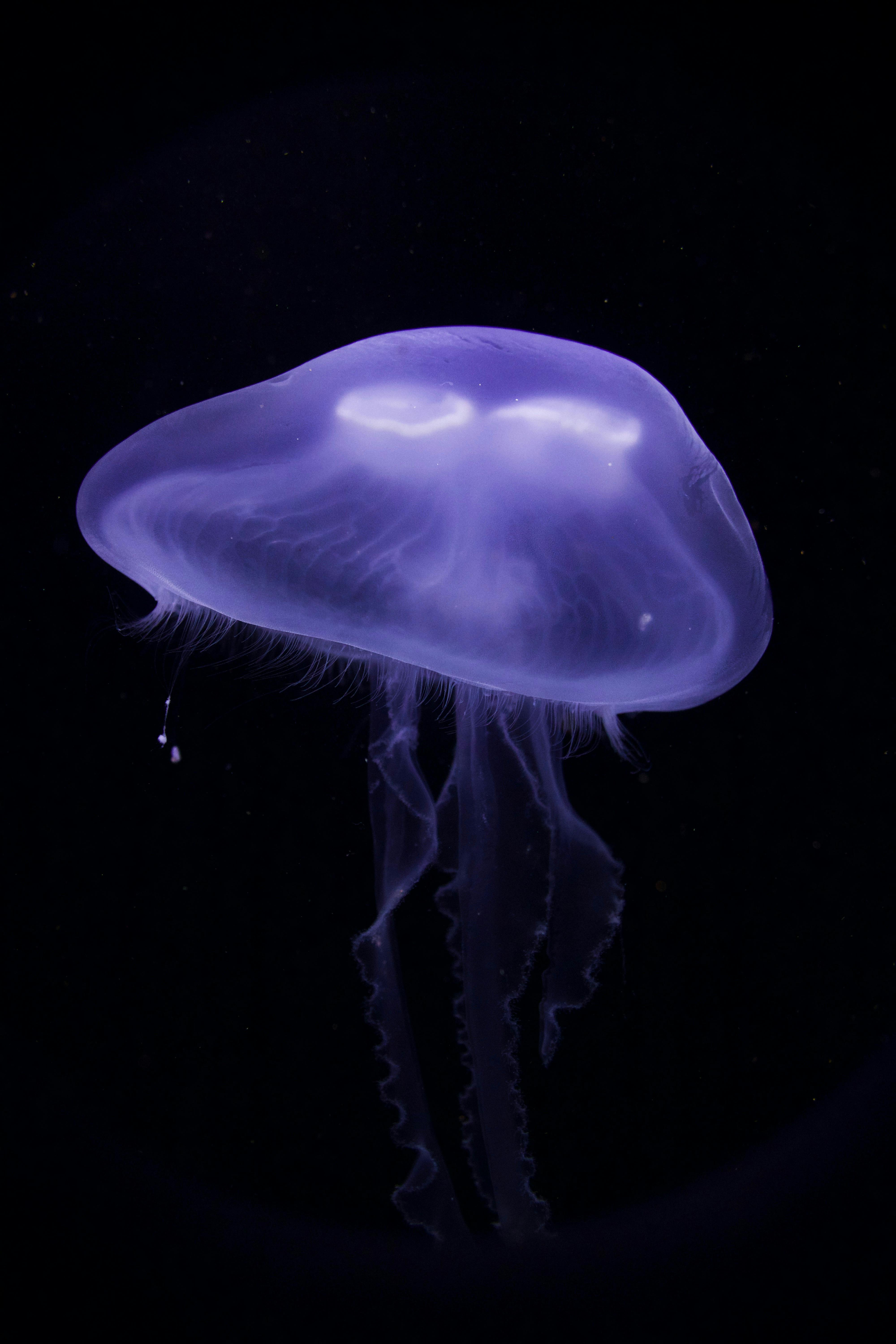Apply Now
Essential Guide to Neon Tetra Tank Size for Optimal Growth
Understanding Neon Tetra Care Guidelines
Neon tetras are among the most popular freshwater fish, beloved for their vibrant colors and peaceful demeanor. When considering bringing these beautiful creatures into your home aquarium, understanding their care guidelines, particularly regarding tank size, is imperative for their health and well-being. Neon tetra care involves creating an optimal living environment that mimics their natural habitat, ensuring they thrive in a community tank.
One of the key aspects of neon tetra care is the tank size. A proper aquarium size greatly impacts their schooling behavior, growth, and overall well-being. The ideal tank size for neon tetras should accommodate their social nature, allowing them to swim freely while also providing ample space for them to interact with tank mates. A common mistake among beginners is not providing enough space, which can lead to stress and health issues, including stunted growth and increased susceptibility to diseases.
Creating a suitable environment includes considering factors such as tank filtration, water conditions, and the type of aquatic plants used to landscape their habitat. All of these factors contribute to a thriving ecosystem that supports the neon tetra's lifestyle and reduces stress levels.
With this foundation laid, let’s delve into the specific tank dimensions necessary for optimal neon tetra growth.
Determining the Minimum Tank Size for Neon Tetras
Determining the minimum tank size for neon tetras is an essential step for any aquarist looking to provide a suitable environment. The general recommendation for neon tetra populations is a minimum of 10 gallons. This size tank not only accommodates the swimming space these fish desire but also stabilizes water parameters more effectively than smaller tanks.
For every additional neon tetra, an extra 2-3 gallons is advisable. This guideline ensures that fish have enough swimming space and reduces the likelihood of overcrowding, which can result in heightened stress levels and aggressive behaviors. Overcrowding can also lead to poor water quality due to waste accumulation, which is detrimental to the health of the fish.
Furthermore, keeping young neon tetras in a tank that’s too small may hinder their growth. Young neon tetras require more space as they grow and develop their colors. Hence, when considering tank size for a community tank setup, always account for the current size of your fish and project their adult size.
Continuing from this examination of minimum sizes, let's explore the recommended tank size for breeding neon tetras.
Optimal Tank Size for Breeding Neon Tetras
When it comes to breeding neon tetras, choosing the optimal tank size is paramount. A breeding tank should ideally be around 20 gallons, providing ample space for the parents and their offspring to thrive. This size tank minimizes stress during the breeding process, allowing fish to feel secure as they engage in spawning activities.
Furthermore, the breeding tank should be equipped with suitable filtration systems and plants to provide shelter for the young fry. Dense aquatic vegetation helps mimic a natural spawning environment, offers hiding spots for the fry, and aids in maintaining water quality. Implementing gentle water movement with well-placed filter systems will keep the tank clean while helping maintain essential water parameters.
In addition, ensuring the right water temperature can influence the breeding behavior of neon tetras. A stable temperature range of 75-80°F is ideal for breeding success, and maintaining this in a larger tank generally entails less fluctuation, further supporting the neon tetra's health.
After discussing the ideal breeding dimensions, it is crucial to contemplate factors like tank mates that can coexist harmoniously with neon tetras.
Choosing the Right Tank Mates for Neon Tetras
Choosing appropriate tank mates for neon tetras is vital for a peaceful aquarium community. Given their peaceful temperament, neon tetras thrive in environments with similarly calm species. Ideally, pairs a neon tetra tank with other small, peaceful fish such as guppies, rasboras, or other community fish that share compatible water conditions.
Selecting the right tank size is also about ensuring adequate space for each species. The community tank setup should ideally allow around 1 inch of fish per gallon of water to prevent overcrowding. This guideline promotes a balanced ecosystem, allowing fish to swim comfortably without feeling threatened.
Avoid associating neon tetras with larger or aggressive fish, as they might harm them, leading to heightened stress levels. Regular monitoring of fish populations in the tank can help maintain harmony and ensure each species can thrive.
With a focus on community tank setups, it is important to understand the essential water conditions required for maintaining a healthy environment for neon tetras alongside their tank mates.
Essential Water Conditions for Neon Tetras
Water quality is a pivotal aspect of neon tetra care. The ideal water conditions include a pH level of 6.0 to 7.0, soft water preferably around 2-10 dGH (degrees of general hardness), and a temperature range of 70-81°F. Frequent water testing using a quality water testing kit is advisable to maintain these parameters.
Ensuring proper filtration systems will aid significantly in maintaining water quality. Employing a canister filter helps create a steady flow of water while keeping it crystal clear. This ensures that toxins like ammonia and nitrite stay at minimal levels, promoting a safe environment for neon tetras and their tank mates.
Regular water changes—about 20% weekly—are necessary for maintaining optimal conditions, removing waste buildup and replenishing minerals lost during filtration. This consistent maintenance reinforces the neon tetra habitat, allowing them to flourish and display their vibrant colors.
As we delve deeper into neon tetra tank size, let’s examine the relationship between their growth and the appropriate tank space required.
Neon Tetra Growth and Tank Size Dynamics
The Impact of Tank Size on Neon Tetra Growth
The growth of neon tetras is heavily influenced by tank size. Larger tanks offer more swimming space, which is critical for their development and social behaviors. As a schooling fish, neon tetras need enough room to swim in groups without feeling confined, which is essential for their comfort and health.
In smaller tanks, growth may be stunted due to poor water quality and stress from overcrowding. Proper spacing prevents increased aggression among tank mates, encouraging a healthier aquatic community. Over time, the lack of space can lead to notable health issues, including a shortened lifespan and reduced resistance to diseases.
Regular monitoring of individual growth can provide insights into tank conditions. Ensuring a balanced diet rich in nutrients and maintaining optimal water parameters will facilitate robust growth. Together, these strategies enable aquarists to support their neon tetras throughout their life cycle, fostering a healthy environment.
As we examine the benefits of larger tanks further, it's essential to consider tank filtration systems appropriate for neon tetras.
Tank Filtration Systems for Neon Tetras
Efficient tank filtration is crucial for maintaining water quality in a neon tetra habitat. Selecting a suitable filter will help maintain ideal water conditions while providing a gentle water flow necessary for the comfort of neon tetras. Canister filters and hang-on-back filters are among the best options for tanks housing these fish.
When selecting a filter, it's essential to consider tank dimensions to ensure adequate filtration. Overfiltering, however, should be avoided, as excessive water movement can stress neon tetras. Integrating sponges or foam in the filter can help reduce water flow while still achieving optimal filtration.
A regular maintenance schedule that includes filter cleaning ensures the filtration system operates effectively. By balancing filtration with the specific requirements of neon tetras, aquarists can create a thriving environment that nurtures both the health and beauty of their tank.
Following the filtering discussion, let’s shift our focus to the best practices for maintaining an optimal tank size for neon tetras over time.
Maintaining Optimal Tank Size for Neon Tetras
Best Practices for Neon Tetra Tank Maintenance
Maintaining an optimal tank size for neon tetras involves regular tank maintenance and understanding their needs. Start by establishing a schedule for routine tasks, such as water changes, cleaning substrate, and monitoring water parameters. Implementing this will keep the tank environment stable and healthy.
Adjustments to tank size and conditions based on population changes are also important. If young neon tetras are growing, consider transitioning them to larger tanks or splitting larger populations between multiple tanks. This adaptability ensures that all fish have plenty of space to thrive, contributing to a healthy community.
Temperature monitoring is another key maintenance aspect. Fluctuations can stress neon tetras, so it's vital to maintain their ideal range consistently. Installing a quality aquarium heater and thermometer will help achieve and retain stable temperatures, promoting fish comfort and vitality.
In conclusion, understanding neon tetra tank requirements—size, space needs, and environmental conditions—is fundamental for successful aquaristics. The last aspect to consider is how neon tetra behavior relates to tank size.
Neon Tetra Behavior and Tank Size consideration
Neon tetra behavior is significantly affected by tank size. In spacious environments, these fish exhibit more natural behaviors, such as schooling, foraging, and exploring. In confined spaces, they show signs of stress, like excessive hiding or erratic swimming patterns.
Understanding their schooling behavior helps aquarists design a tank that encourages social interactions among the fish, creating a vibrant and dynamic environment. This can also ensure they feel secure, fostering an active and playful community.
In conclusion, investing in a larger tank gives neon tetras the room they need to interact socially, grow properly, and minimize health risks. Maintaining an appropriate tank size coupled with optimal care will lead to thriving and colorful fish, demonstrating the rewards of dedicated care.




